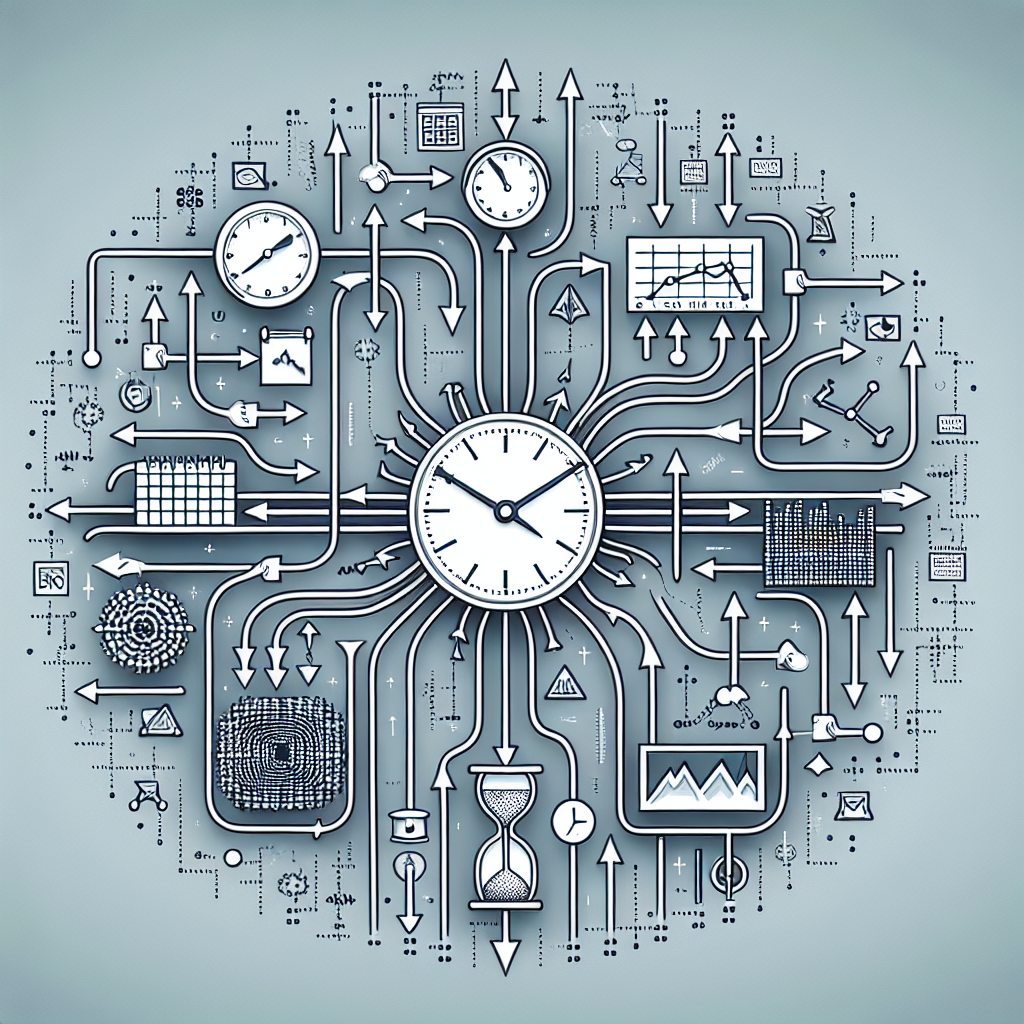Fix today. Protect forever.
Secure your devices with the #1 malware removal and protection software
Recurrent Neural Networks (RNNs) have gained popularity in recent years for their ability to effectively model sequential data. One area where RNNs have shown significant promise is in time series forecasting. Time series forecasting is the process of predicting future values based on past data points, and RNNs have been shown to outperform traditional forecasting methods in many cases.
One of the key advantages of RNNs in time series forecasting is their ability to capture long-term dependencies in the data. Traditional forecasting methods, such as ARIMA models, often struggle to capture complex patterns in the data that change over time. RNNs, on the other hand, are able to learn these patterns by processing the data in a sequential manner, making them well-suited for time series forecasting tasks.
Another advantage of RNNs in time series forecasting is their ability to handle variable-length sequences. In time series data, the number of data points can vary from one time series to another, and RNNs are able to handle this variability by processing sequences of different lengths. This flexibility allows RNNs to effectively model a wide range of time series data, from short-term fluctuations to long-term trends.
RNNs have been successfully applied to a variety of time series forecasting tasks, including stock price prediction, energy demand forecasting, and weather forecasting. In these applications, RNNs have demonstrated their ability to outperform traditional forecasting methods by capturing complex patterns in the data and making accurate predictions.
In stock price prediction, for example, RNNs have been shown to be effective at capturing the non-linear relationships between stock prices and various factors such as market trends, news events, and investor sentiment. By learning these relationships from historical data, RNNs can make accurate predictions of future stock prices, helping investors make informed decisions.
In energy demand forecasting, RNNs have been used to predict electricity consumption based on historical data such as weather conditions, time of day, and day of the week. By learning the patterns in the data, RNNs can accurately predict future energy demand, allowing utility companies to optimize their energy production and distribution.
In weather forecasting, RNNs have been used to predict various weather variables such as temperature, humidity, and precipitation. By analyzing historical weather data, RNNs can learn the complex relationships between these variables and make accurate predictions of future weather conditions, helping meteorologists make more accurate weather forecasts.
Overall, RNNs have shown significant promise in time series forecasting tasks due to their ability to capture long-term dependencies, handle variable-length sequences, and effectively model complex patterns in the data. As more research is conducted in this area, it is likely that RNNs will continue to play a key role in improving the accuracy and efficiency of time series forecasting methods.
Fix today. Protect forever.
Secure your devices with the #1 malware removal and protection software
#Applications #RNNs #Time #Series #Forecasting,rnn

Leave a Reply
You must be logged in to post a comment.